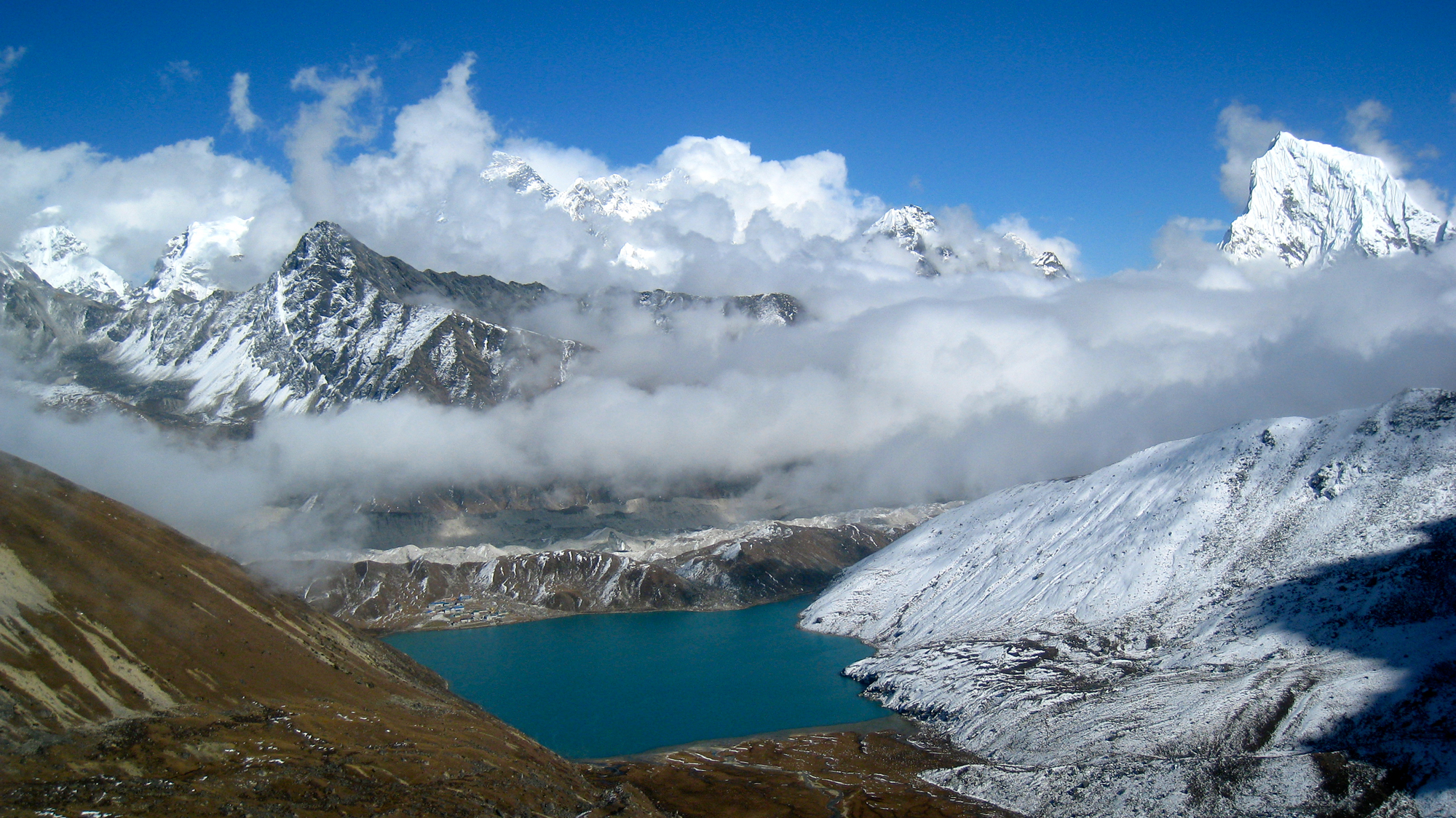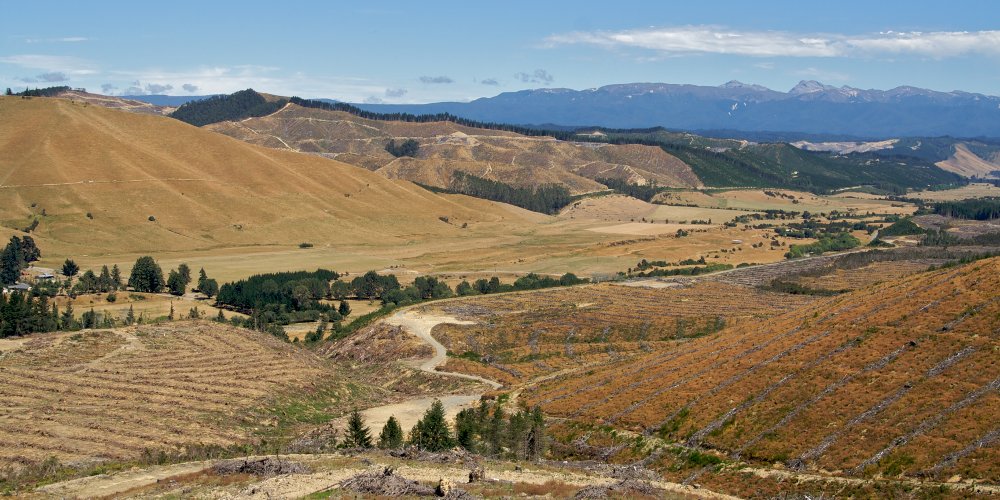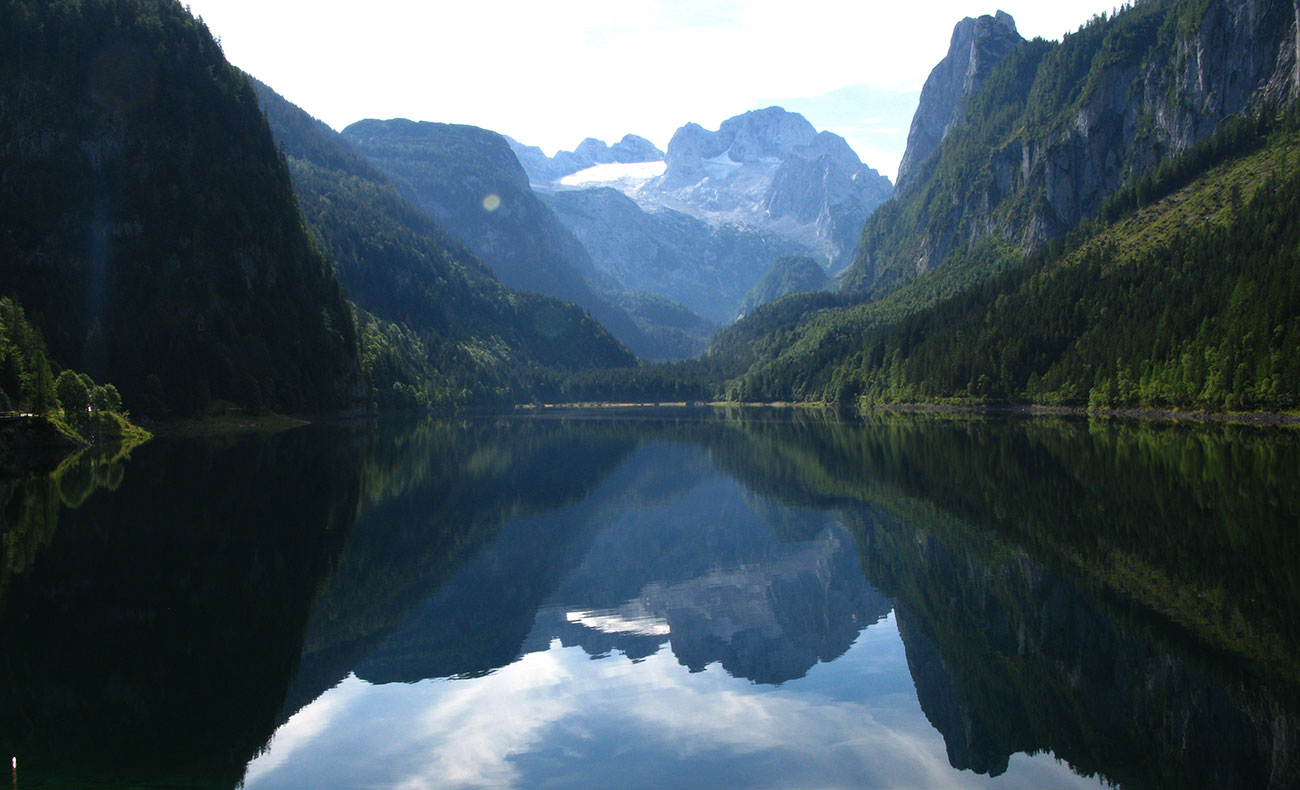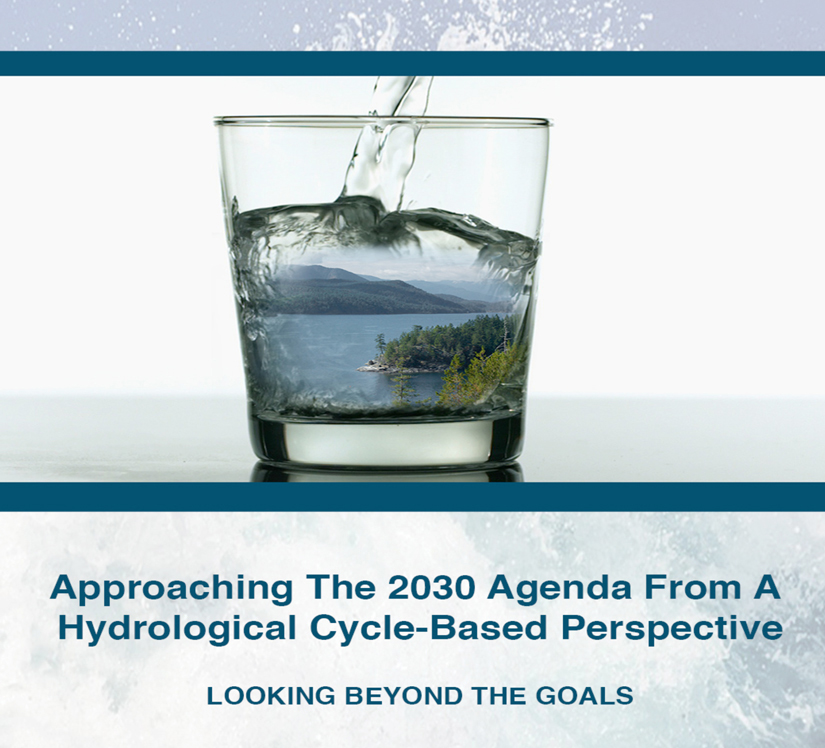
Quantities of fresh water and global water security are critical issues. Yet most people do not realise the vital link between these and healthy mountain ecosystems.
“The magnitude of the global freshwater crisis and the risks associated with it, have been greatly underestimated. One billion people on earth are without reliable supplies of water and more than 2 billion people lack basic sanitation.” Download: U.N Water Security.pdf
Mountain ecosystems are amongst those crucial ecosystems, which are necessary for the healthy functioning of the hydrological cycle. They play a key role in maintaining freshwater quantity and quality worldwide.
“Given their important role in water supply and regulation, the protection, sustainable management and restoration of mountain ecosystems will be essential.”
Download: UNESCO, 2013,Climate Change impacts on Mountain Regions of the World.pdf
It is the intensification of the global water cycle, which is bringing about major instability in global climate systems.
The world’s mountain regions source between 60% and 80% of the Earths freshwater. Many streams and rivers would cease to flow entirely if their headwaters and watersheds were not fed by the seasonal melting of these snows. Such valuable storage of freshwater is vital for all life on Earth. However mountain ecosystems have suffered widespread degradation on a global scale. This seriously compromises and threatens the hydrological cycle.
“Maintaining the integrity of ecosystems before they become compromised is an essential component of achieving water security and reducing the potential for conflicts. The continuous pace of human development is threatening the capacity of ecosystems to adapt, raising concerns that ecosystems will reach a tipping point after which they are no longer able to provide sustaining functions and services, and will become unable to recover their integrity and functions.”
An ecosystem approach is essential for resolving climatic instability and for securing a long-term, freshwater supply, for all living beings
“Mountain environments are extremely important to the world’s water resources, weather systems and populations.”
It is estimated that one in two people worldwide depend on freshwater mountain sources. Whatever happens in upland watersheds has a massive impact on the water supply of downstream areas and the destruction and disturbances of mountain ecosystems have wide-reaching global consequences.
“The degradation of mountain ecosystems – home to 600 million people and the source of water for more than half the world’s population – threatens to seriously worsen global environmental problems including floods, landslides and famine,”

Mountains are often called nature’s water towers. All of Earth’s rivers have their headwaters and origins in them. They intercept air circulating around the globe and force it upwards where it condenses into clouds, which provide rain and snow. They also store water in various ways, including the formation of snow and ice, which is later released as melt-off during warm seasons.
“More than half of the accessible fresh water is used directly or indirectly by humankind and much of this precious resource has its origins in mountainous regions”
Download: Schär C. and Frei C, Orographic precipitation and climate change, 2005.pdf
Another essential source of fresh water is glaciers and mountain snow. During winter months snow accumulates in the mountains. It slowly melts over the summer, generating fresh water for streams and rivers and the needs of humans, plants and animals. Nowadays mountain snows and glaciers are melting and receding at an unprecedented rate.
Scientist are alarmed by the rapid retreat of mountain glaciers worldwide.
“For people living in the lowlands below, the storage of winter precipitation as snow or ice is especially crucial, because this melts when temperatures rise in the spring and summer. The water that is released enters the rivers, flowing downstream exactly at the time when it is most needed in the lowlands, sometimes thousands of kilometres away, for irrigation and other uses.”
As has been noted by many scientists, these glaciers are not only a major source of fresh water for more than half of humanity; they are also a fundamental part of the planet’s climate cycles. Either positively or negatively they effect weather patterns on a global scale. Therefore they effect us all.
“The importance of seasonally and permanently frozen land surfaces extends far beyond surface hydrologic processes, however. These areas also interact significantly with the global weather and climate system, the geosphere, and the biosphere.” (USGCRP. A plan for a new science initiative on the global water cycle, chapter 2, 2001)

We all generally understand the temporary crisis we would experience, if the water tanks in our homes were not operational. In this case however, we are talking about the water towers of Earth and the potential global crisis that would occur if they should cease to function. Therefore it is of paramount importance that these irreplaceable ecosystems are given immediate attention and that all is done to protect and restore their mixed biodiversity. We cannot afford to loose this biodiversity because it plays a vital role in precipitation and the creation of snows at high altitudes.
Earth’s mountain regions with their mixed biodiversity are an essential and vital part of the global water cycle.
“Seasonal snow cover and glaciers store large amounts of freshwater and are therefore critical components of the land surface hydrologic cycle.” (USGCRP. A plan for a new science initiative on the global water cycle, chapter 2, 2001)
Problems related to their degradation are not simply problems for those living in mountain regions. All of life on Earth is affected. Through deforestation, dam building and the mass burning of fossil fuels, humanity has inadvertently brought about these problems Therefore it is the responsibility of the international community to do everything possible to fix them. If we do not take concerted unified co-operative action now it will only get far worst.
The Himalayas, also known as the Third Pole, are important in regulating the climate of the whole Northern Hemisphere.
“Mountain ecosystems such as mountain forests, cloud forests, wetlands and grasslands play vital roles in water storage and supply”
Download: Climate Change impacts on Mountain Regions of the World, 2013.pdf
On 1st January 2016, the 17 Sustainable Development Goals (SDG’s) of the 2030 Agenda for Sustainable Development — adopted by world leaders in September 2015 at a UN Summit — officially came into force. The Sustainable Development Goals are an interrelated set of Goals, Indicators and Targets that UN member states are expected to use, to frame their agendas and political policies over the next 15 years. Target 6.6 sets a mandate for world governments to protect and restore water related ecosystems, as they are essential for realising access to fresh water for all.
“By 2020, protect and restore water-related ecosystems, including mountains, forests, wetlands, rivers, aquifers and lakes”
Download: UN, Transforming our world: the 2030 Agenda for Sustainable Development.pdf
This has been known about for decades. Now governments need to honour their obligations and actually deal with mountain ecosystem degradation
Mountain ecosystems are a major part of the Earths’ cooling system and the global water cycle, making them intrinsic to climate and weather throughout the world. This affects all life on Earth, beyond country, location and even social boundaries. There is a direct correlation between the melting glaciers in these regions and the melting claviers of Greenland and the Polar regions. It is all interconnected.
“Water is at the heart of both the causes and the effects of climate change (NRC, 1998)” (USGCRP. A plan for a new science initiative on the global water cycle, chapter 1, 2001)
Fresh water security has already been recognised as central to global security and the ecosystems which regulate this has been recognised as central to water security. Therefore this needs to be included as a crucial element within all global defence strategies.
“The importance of seasonally and permanently frozen land surfaces extends far beyond surface hydrologic processes, however. These areas also interact significantly with the global weather and climate system, the geosphere, and the biosphere. Whether surface water is liquid or frozen has important consequences for surface albedo and net radiation, as well as for latent energy exchanges.” (View Full: MFS, ‘The Global Water Cycle’, 2001)
Because it is an issue of both National and International security, at least 1% of the annual defence budget of all countries within the U.N, should be allocated for dealing with this.
“Ensuring that ecosystems are protected and conserved is central to achieving water security – both for people and for nature. Ecosystems are vital to sustaining the quantity and quality of water available within a watershed, on which both nature and people rely. Maintaining the integrity of ecosystems is essential for supporting the diverse needs of humans, and for the sustainability of ecosystems, including protecting the water- provisioning services they provide.”

